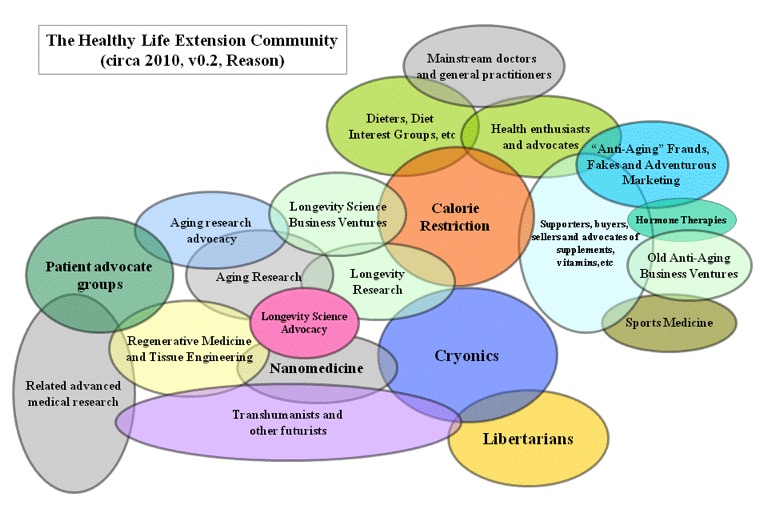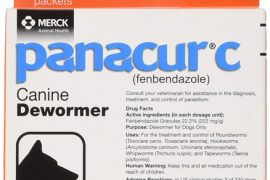by Bill Sardi
Sweat, Fast, Donate Blood, Limit Red Meat, Supplement With Iron/Copper Chelators (Fisetin, Quercetin, Resveratrol, IP6 Rice Bran, Nucleotides) To Reduce The Population Of Senescent Cells In Your Body & Live Longer & Healthier Than You Ever Imagined
To Stay Young… Kill “Zombie” Cells — Scientific American
(TG Note: A doctor once told me that, by donating blood, I had unwittingly saved my own life. Now Bill Sardi says that giving blood may be extending that life, as well. And anyone can do it!)
Now you and your loved ones can play the game of life into extra innings and they aren’t going to have to send in a pinch runner for you, and you won’t be forced to retire and you can still hit home runs!
Biologists just figured out how people living in developed countries are going to live 100 healthy years and the masses aren’t going to have to wait for some high-priced drug to achieve it.
Despite precautions from university-based researchers not to forge ahead on their own and wait for anti-senescent (sen-ess-cent) drugs to be approved, longevity seekers have jumped on this newly understood longevity bandwagon, first by adoption of intermittent fasting (Dr. Jason Fung’s book The Complete Guide to Fasting: Heal Your Body Through Intermittent, Alternate-Day, and Extended Fasting is a best seller).
Then North Americans are eating less iron-rich red meat (not for the sake of reducing cow farts by the way).
And a growing number of Americans are adding a strawberry extract called FISETIN to their dietary supplement regimens.
These and other health measures will add up to fewer “dud” senescent cells in the body, say biologists who study human aging.
370 million “dud” cells
There are an estimated 37 trillion cells in the human body. Over time, senescent cells, that is, cells that no longer divide and replicate (mitosis), so-called “dud” or “zombie” cells, are produced. These zombie senescent cells foment low-grade inflammation that is a hallmark characteristic of aging (inflammaging) in organs throughout the body and induce gene mutations. The accumulation of these senescent cells leads to frailty in the latter years of life and premature death.
Around age 20, after full growth is achieved, the human body begins to accumulate senescent cells. Over time senescent cells represent 1-3% of the body’s total cells, which roughly amounts to 370 million to 1.110 billion senescent cells. Over a period of 45 years, from age 20-65, let’s presume these senescent cells accumulate at a steady rate. That would come to ~22,500 cells/day becoming senescent or ~8 million per year. The challenge for longevity seekers is how to non-toxically annihilate these senescent cells.
Senescent cells eradicated in old animals
The good news is that an anti-senescent drug eradicated all of these zombie cells in the animal lab and even prolonged the life of very old mice (24-27 months old, equivalent to 75-90 years in humans) by 36% (up to age 108 human equivalent). So, no one is ever too old to embark on a regimen to eliminate senescent cells.
Iron is the culprit
Cell senescence starts after childhood growth is completed, ~age 18-20 years. Current data “supports the hypothesis that accumulated iron in tissues is a key factor in aging.” The population of senescent cells grows commensurate with iron accumulation and storage. Senescent cells accumulate up to 30-fold more iron.
Therefore, a ferritin blood test serves as a measure of cell senescence. Blood is stored in ferritin. The normal healthy range for ferritin is 20-90 nanograms/milliliter/ blood sample.
The prevalence of adults with high iron storage levels (high ferritin, above 90 nanograms/milliliter of blood) is 10.9%. This iron overloaded segment of the population will age faster than those with ferritin in the normal healthy range (20-90 nanograms/ milliliter). A ferritin blood test can be easily obtained to determine your iron load.
Impaired degradation of ferritin leads to iron overload and cell senescence. Any molecule that promotes ferritin degradation via enzymatic (lysosomal) activity as part of a “self-eating” cell cleansing process called autophagy would reduce the accumulation of iron in ferritin and abolish cell senescence. Polyphenols found in grapes (wine), strawberries, apple peel, have strong iron chelating properties and promote autophagy.
While iron is the predominant metallic mineral in the human body, copper, while less voluminous (~200 mg stored in the body of an adult) also induces premature cell senescence. Resveratrol solely chelates copper.
How to reduce iron load
Excess iron is removed from the body via menstruation in young females, by blood donation (phlebotomy) in full-grown males and postmenopausal females, or by chelation (key-lay-shun).
Adult males have 1000-2500 milligrams of iron stored in their body compared to just 300 milligrams in menstruating females.
Historical misdirection
Historically, in the 1950s-60s the popular Lawrence Welk TV show advertised Geritol, an alcohol-based iron and B-vitamin tonic. Older adults taking Geritol would have predictably experienced an increase in cell senescence as alcohol increases iron absorption. Geritol liquid provides a whopping 18 milligrams of iron is still sold today as a tonic for older adults.
Iron-limited diet
A typical carnivorous diet provides 10-20 milligrams of highly absorbable heme (heem) iron while plant food (vegetarian) diets provide non-heme iron that is only absorbed on an as-needed basis.
Only about 1 to 1.5 milligram of iron is actually absorbed by males to make up for losses from sweat, urine, and feces. Menstruating females absorb 3.0-3.5 mg per day to replace iron lost in menstruation. This is a reason why females generally live longer than males – they don’t begin to accumulate iron till they reach menopause, at age 45-55.
A 3-ounce portion of red meat provides ~2.5 milligrams of iron while chicken provides ~1.4 milligrams. The same portion of beef liver, appropriate for anemia-prone menstruating females, provides ~5.2 milligrams of iron. Iron pills are not recommended for mildly anemic women as they induce constipation and nausea.
Blood donation
Given that more than 70% of iron is stored in hemoglobin, the red pigment in blood cells, blood donation is a direct way of reducing iron load and therefore, cell senescence. According to the Iron Disorders Institute, each 500 cc blood donation reduce the amount of blood in the body by ~250 milligrams and lowers typically lowers ferritin by 30 nanograms/milliliter of blood. Bloodletting is primarily a health strategy for middle-aged males.
Do you find these posts helpful and informative? Please CLICK HERE to help keep us going!




